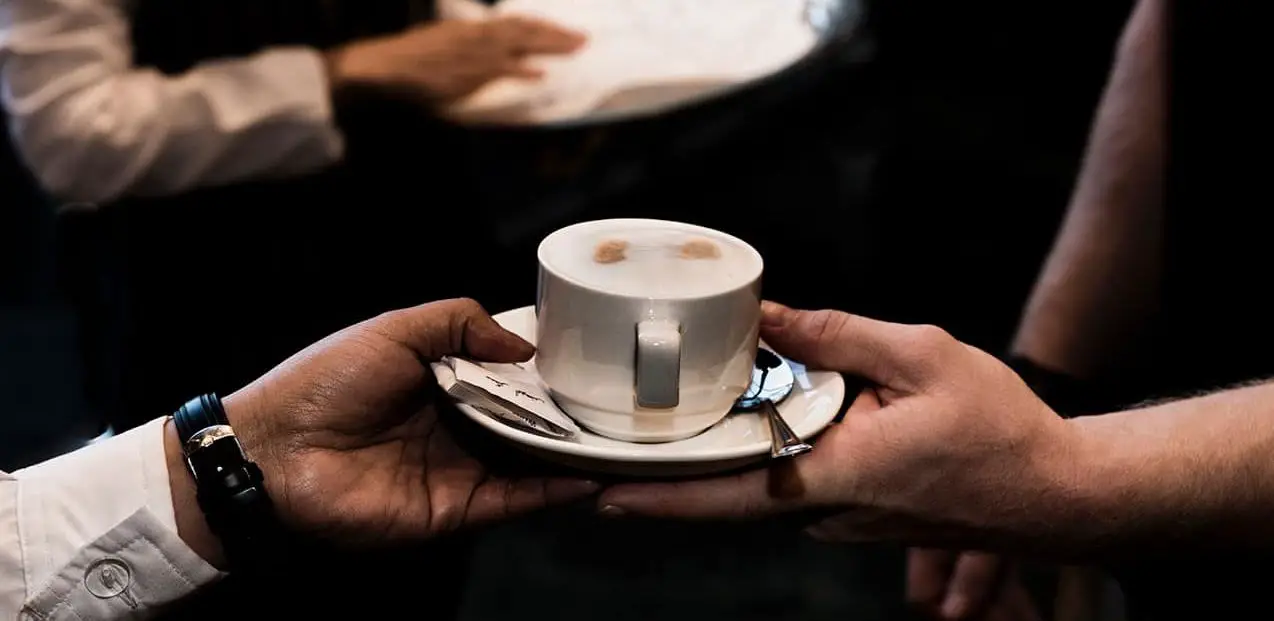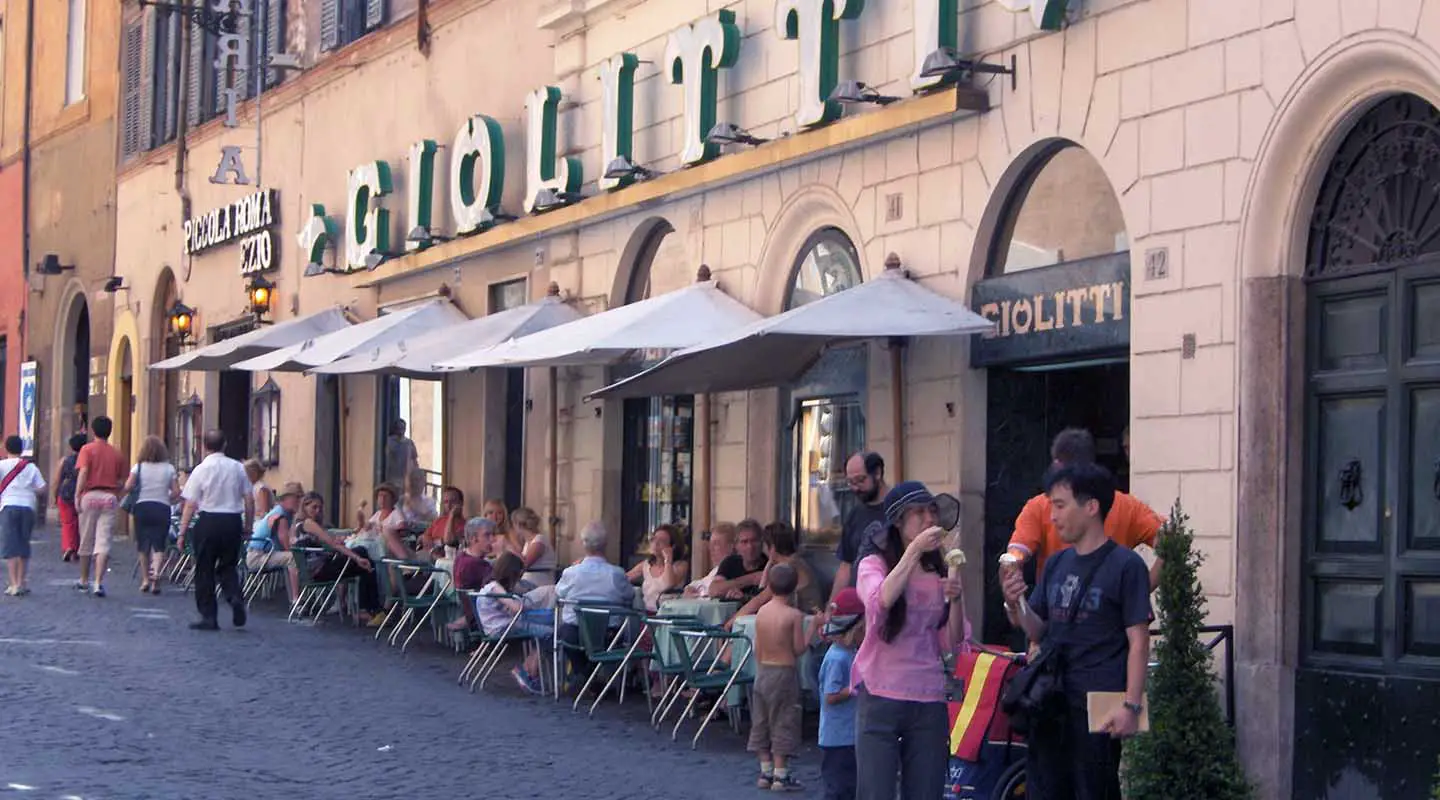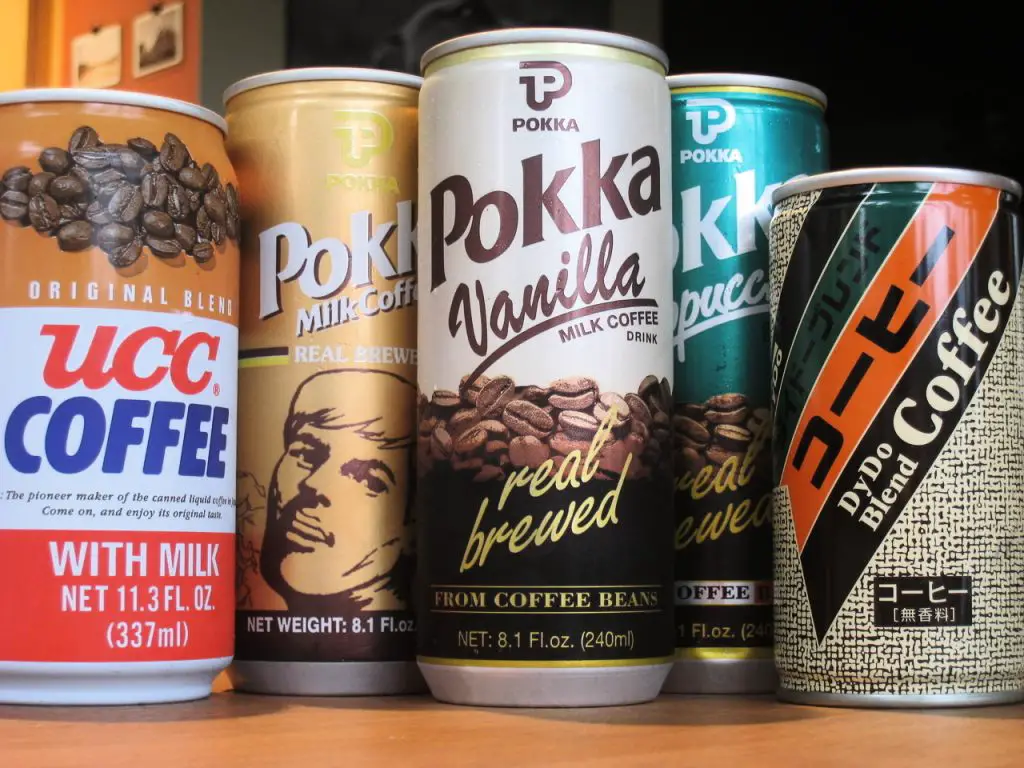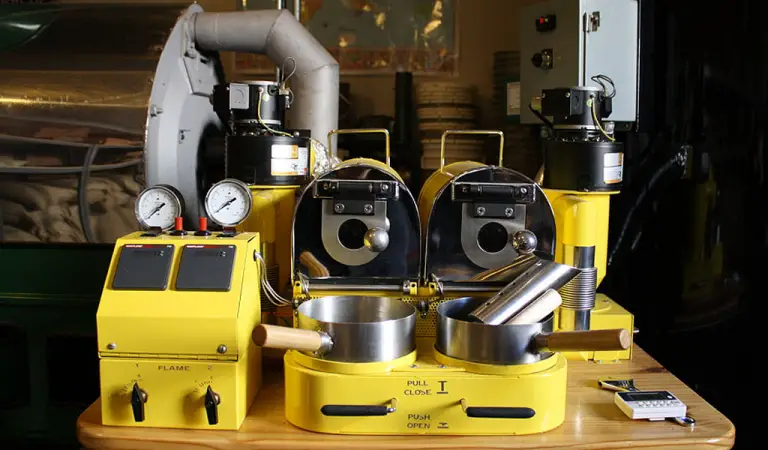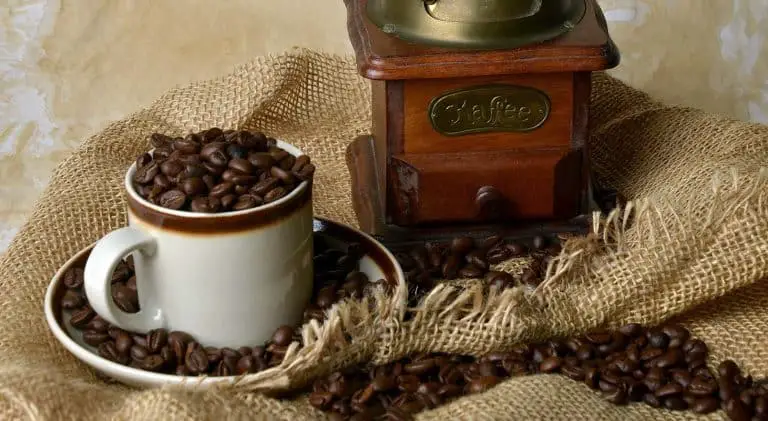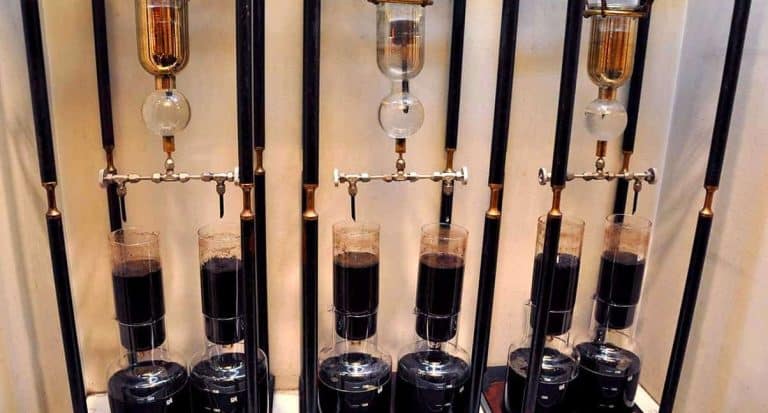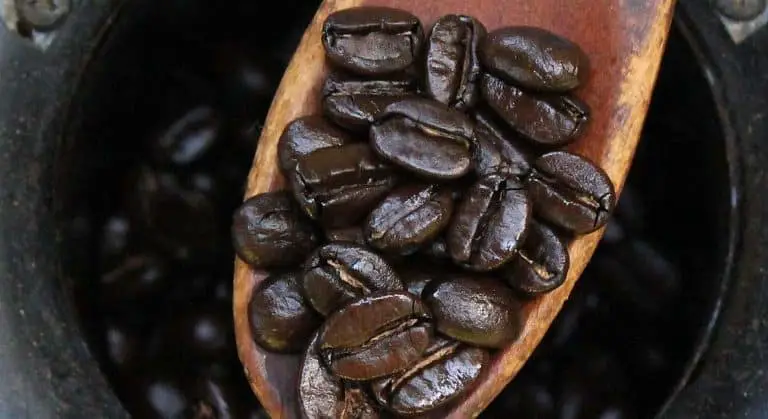The Ultimate Guide to Coffee Culture Around the World
The role of coffee in people’s lives varies from the functional to the ritualistic and is a strong enabler of social gatherings around the world . Coffee also plays an essential role in the economies of so many countries. In this article I’m going to stick to how it’s prepared; roasted, brewed, served and enjoyed. Also we’ll explore the the tangle of dos and the don’ts associated with drinking coffee around the world. I’ve put together this guide to coffee culture around the world to see how it is appreciated in different cultures.
Table of Contents:
- Coffee Culture in Italy
- Coffee Culture in Mexico
- Japanese Coffee Culture
- The Arabian Coffee Culture
- Turkish Coffee Traditions
Most people have a favourite coffee brewing method or at least one they use the most whether out of habit or preference. Coffee has become almost a form of self-expression in some of our lives. Just stand in line at your local coffee shop and listen to what people order and you’ll realise just how varied coffee tastes really are. But, are our tastes and customs really that unusual?
Coffee brings so many groups of people together every day in jungle clearings, villages, towns and cities. Drinking this magnificent beverage, brewed from the seed of the same tree – genus Coffee plays a crucial role in so many people’s lives. Would you believe it if I told you that all these varied tastes we cultivate and vehemently defend as the “best” or “the most unique” are quite narrow when you compare them the many varied ways that coffee is prepared across the globe.
First and most obviously I would have to start with Italy where the modern coffee culture was invented and I think, perfected. I for one can’t look at at an espresso machine new or old without thinking of Italian Coffee. So I’ll start with Italy…
Coffee Culture in Italy
The Tradition and Culture
In Italy coffee, a cultural mainstay is usually consumed in the form of espresso. Coffee on-the-go referred to a as American is usually only sold to tourists. In Italy it’s usually drunk hot while standing at the coffee bar, al-banco in Italian. It’s that quick jolt of energy you need and then you’re on your way. Italians drink Cappuccino only in the morning and it’s not usually consumed at other times.
The tradition of coffee drinking has been going for a long time in italy. Just look at how old their cafes are. Caffe Greco is the oldest café in Rome, founded in 1760. Florian in Venice is the oldest café in Italy.

Espresso was invented in Italy. It uses fine compacted grounds and very hot water at high pressure to create the unique flavor which needs to be consumed almost immediately. It’s the unique mix of the coffee machine, the grinder, the adjustment of the machine and the human factor – the barista.

Never Say Espresso
Espresso is a setting on a coffee machine, not a style of coffee in Italy. That is how coffee is served as a default. When ordering coffee in Italy say un caffè and the Barista will know what you want. The Italian taboo of not drinking milk based coffee drinks in the afternoon comes from their obsession with digestion. In Italy the when is as important as the where and Italians believe that milk consumed in the afternoon is heavy. If you order cappuccino after 11.00am you risk being instantly branded a tourist.
Italians often sip a coffee mid afternoon as a pick-me-up.
Mostly they drink coffee standing up talking to the barista. It’s usually served in a porcelain cup which is kept warm stacked upside down on the top of the espresso machine. You typically order and drink your coffee first and then pay at the till/register.
The Roast and Brew
Italian Roast is when beans are roasted to a deep brown color and are left to roast past the “second-crack”. Coffee brewed from these beans retain very little of the characteristics of the original green beans. The beans have distinct acidic flavours which range from bitter-sweet to overtones of burned or charred flavors.
How it’s made
Of course it’s the traditional Espresso Machine. An espresso machine brews coffee by forcing pressurized water near boiling point through a “puck” of ground coffee and a filter. In order to produce a thick, concentrated coffee called espresso, machines may either generate this pressure manually by means of a handle operated pump, steam pressure or by an electric pump. Stove top units called Moka pots also create espresso but are at a much lower pressure and the coffee tends to tastes different.
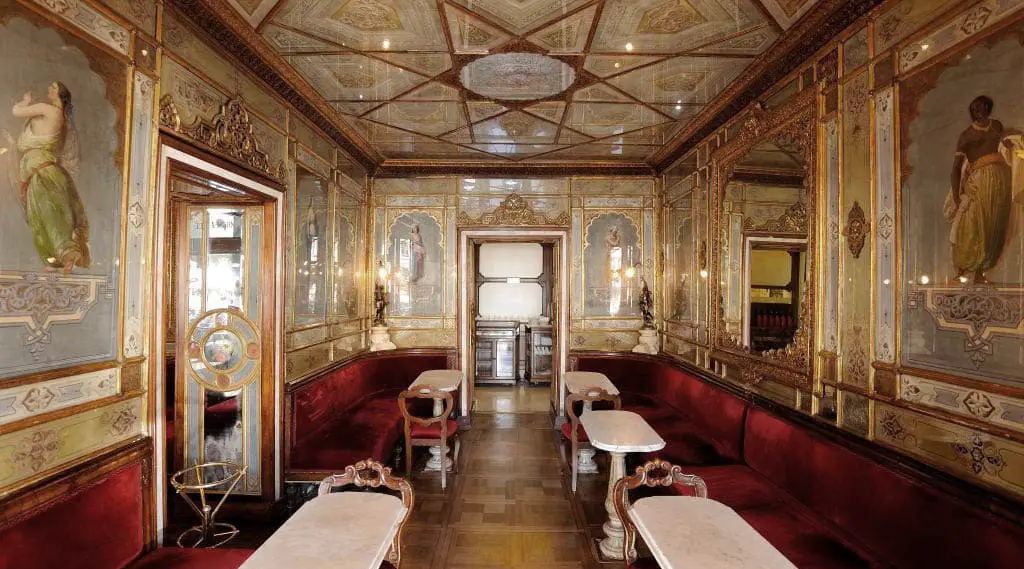
How it’s served
Italians are very traditional about their coffee. Understandably because the Café culture was essentially invented in Italy with some argument from the French. Strict traditions on how coffee is served ahve developed over time and are seldom deviated from. In Italy, coffee is all about the ritual and the freshness. The preparation and the consumption are inseparable.
You can order it in the following ways:
- Caffè: What we refer to as espresso, the default way coffee is prepared
- Cappuccino and Caffé latte: caffè macchiato or latte macchiato – an espresso with a touch of milk or hot milk with a touch of coffee. This is usually ordered in the mornings only.
- Caffè corretto: the Italian worker’s morning get-up-and-go drink which is an espresso made “correct” with a touch of alcohol – usually grappa or brandy
- Caffè Freddo or Cappuccino Freddo (iced espresso or cappuccino) –usually comes sugar pre-added.
- Caffè Shakerato which is coffee shaken with ice in a cocktail shaker and is served frothy and cold.
- You can also ask for a caffè lungo or un caffè ristretto if you need more or less water.
How Much Coffee
Italy ranks 18th in the world with per-capita coffee consumption of 3.4 kg. For one of the originators of the world’s Café culture you would think Italy would consume more coffee. But in Italy it’s about how you do it, not about how much.
Where Does it come from
Italy imports green coffee mainly from Brazil and Vietnam, while the Dominican Republic, Congo, Madagascar, Uganda, Ethiopia, and Indonesia have increased their share in the Italian market. Decaffeinated coffee is imported mainly from Germany while the roasted coffee comes primarily from Switzerland.
Coffee Culture in Mexico
Sack of Mexican coffee beans from Chiapas Mexico where much of the premium coffees are grown.
The Tradition and Culture
Mexico is one of the largest coffee producing countries in the world producing 60% of the world’s coffee. Coffee was introduced into Mexico during the nineteenth century from Jamaica. Mexican coffee is mainly grown in the South near the Guatemalan border. Most premium speciality coffees are exported with the lower, common varieties available for most Mexicans to buy and enjoy for their subtly complex flavors.
There are specialty coffee shops or cafeterías in urban centres like Mexico City that serve premium coffees grown at higher altitudes. This delicate, slow-growing coffee which offers a light to medium body with mild acidity and is known to be exceptionally complex and flavorful.
Up until recently Mexico hasn’t really embraced its coffee drinking culture. Many restaurants served instant coffee as a cup of boiled and a jar of instant Nescafe with a spoon. The most common hot drink has been teas. Most indigenous & rural / traditional communities have historically favored Chocolate and not coffee.
Coffee has a long history in Mexico but chocolate has always challenged it. In more traditional settings Chocolate has been consumed for thousands of years.
How it’s served

Café de olla is the way coffee is usually enjoyed in Mexico. It is the official caffeinated drink of Mexico. This way of preparing coffee is said to have originated in revolution times, when women gave this drink to soldiers to wake them up and provide them with energy. Although in some areas like in Pátzcuaro and Michoacán, Cafe con leche is virtually unknown.
Traditionally served from a clay pot (olla means pot) this dark roasted coffee is filtered with a fine strainer or cheesecloth. It is then served with piloncillo, an unrefined brown sugar, that has a smoky and caramel flavour. It’s also common to enjoy your café de olla with a cinnamon stick for added flavour. But watch out for bad Cafe de Olla which is served in some lower to middle scale restaurants there. It’s often inferior, cheaper coffee made worse by trying to cover up the bad coffee with cinnamon and piloncillo.

Cafe del olla is also sometimes served like cappuccino in a glass with boiled milk. Like café con leche (with milk), your server pours the quantity that you want of espresso–from a metal pitcher into a tall glass then fillilling the glass with hot milk from a metal pitcher. Nowdays café con leche is not usually made at table, but using an espresso machine. It’s more like a latte, or a cappuccino without cinnamon.
The consumption of café con leche in Mexico is most similar I would say to café au lait in France. They’re almost the same thing: a small amount of very strong coffee served with a large amount of very hot milk.
The Roast and Brew
The best Mexican coffees are usually Chiapas or Oaxaca in the South. The flavour is mild with a medium body and a slight dry acidity.
To maintain the subtle complexity of the bean it’s roasted light to medium and ground fine as for an espresso machine. It can be dark roast but the roast tends to overpower the character of the bean.
How it’s Prepared

In restaurants Mexican coffee is usually prepared in an espresso machine. The traditional way is in a pot or saucepan. After the water boils, pilocillo (raw sugar) is added and dissolved and then coffee grounds, cinnamon stick and optionally, orange peel is added. The heat is turned off and the coffee is left to steep covered for about 10 minutes. The cinnamon and orange peel is strained out.
In restaurants Mexican coffee con leche is usually prepared in an espresso machine and poured into boiled milk like cappuccino.
Carajillo (COFFEE with alcohol)
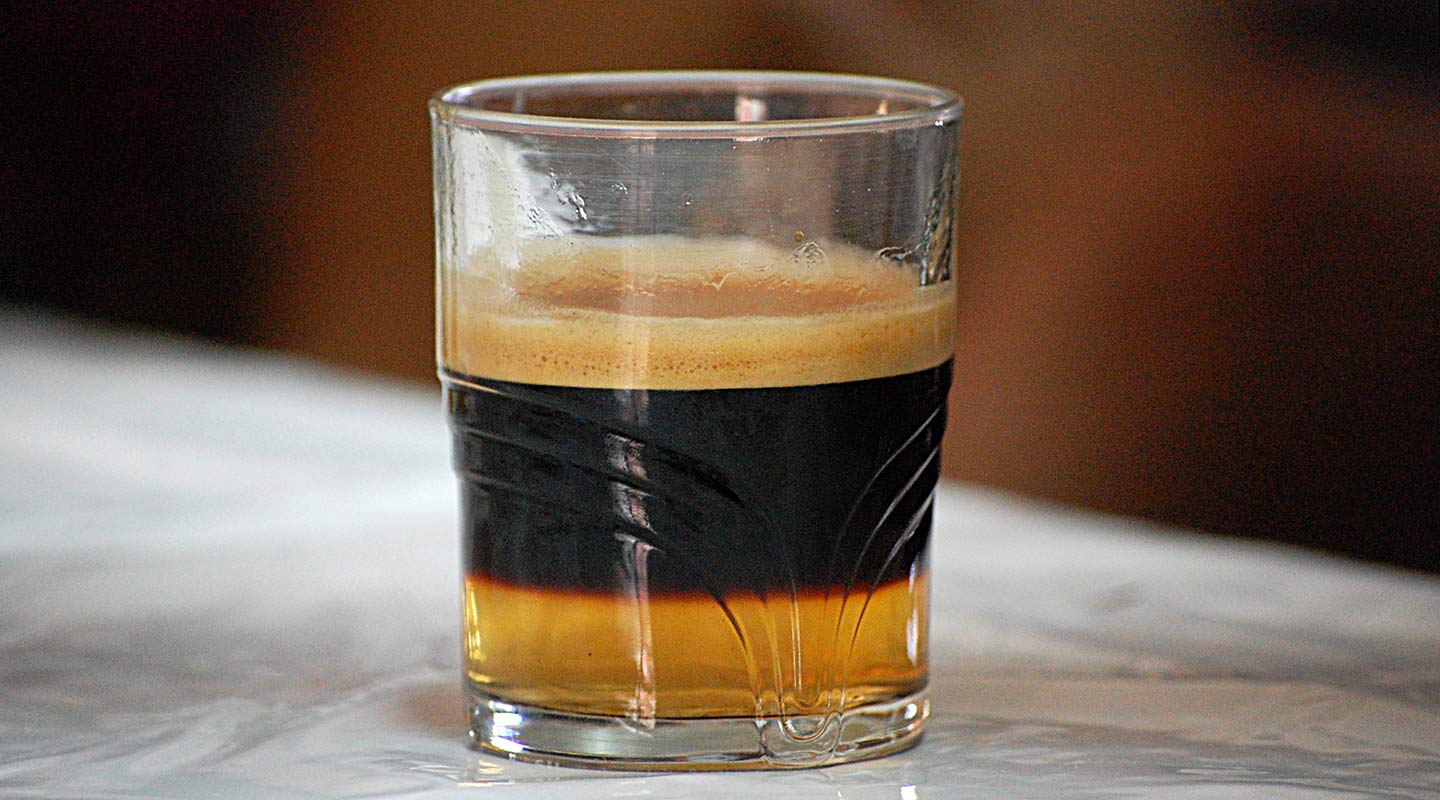
Although not originally Mexican, carajillo is an alcoholic coffee cocktail that originated in Spain and gained popularity in the Americas during the Spanish occupation of Cuba in the 19th century. Originally made from coffee spiked with brandy, it was given to soldiers as a caffeine/alcohol fix. It helped them get through their long days. By the way, Coraje is the Spanish work for courage.
No one is exactly sure when but about a 100 years ago Mexicans started spiking their coffee with hard liquor. Today it’s not exactly the working-class pick-me-up it started out as. It is mainly available in restaurants and cafes not the working class cantinas where it originated. It’s also great mixed with Ancho Reyes chilli liqueur with coffee. The liqueur’s smoky, peppery poblano chili flavors compliment the espresso’s bitterness. Definitely worth a try.
So in contrast to Italy, the Mexican coffee culture is not predominantly café based. Mexicans enjoy coffee in restaurants and at home as much as in cafés. As you read this guide to coffee culture around the world, there’s no denying that Mexico is one of the most interesting.
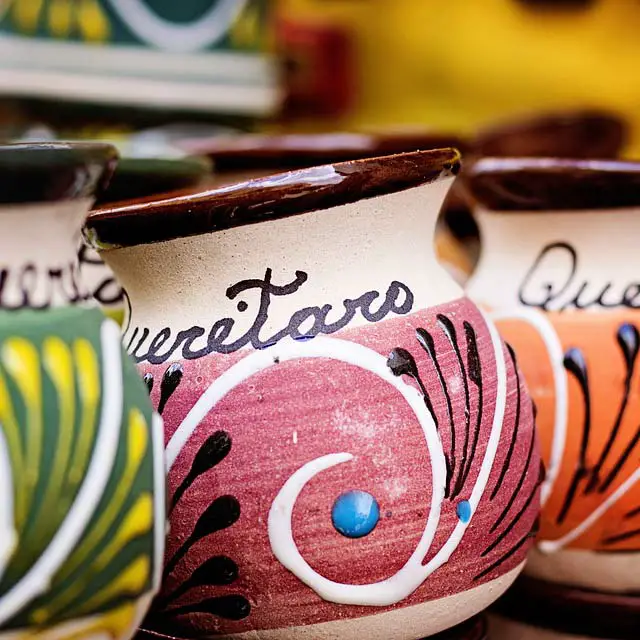
How Much Coffee
There’s not much information on Mexican coffee consumption and it doesn’t appear in the top 50 countries list. This is most likely because despite being a major coffee producing country, coffee is not the main caffeinated drink. Tea and chocolate have been the traditional drinks with quality coffee gaining popularity only recently. I’ll update this when I find stats.
Where Does it come from
Traditionally much of the coffee is locally grown. In the big urban centres with the proliferation of Starbucks and other coffee brand stores much of the coffee used is imported. Until quite recently Sanka (not a typo) or instant Nescafe coffee was served in restaurants. Ground coffee was usually the cheaper local brand because the premium stuff was for export. Premium coffee shops and suppliers do now have access to the more prized premium Mexican coffees.
Japanese Coffee Culture

The Tradition and culture
Most people would be surprised to find out that Japan is one of the largest consumers of coffee in the world. It rates about 4th in the world. That is until you walk down a congested street in Tokyo. You will encounter the myriad of gourmet coffee chains and the old dive like coffee shops hissing steam, crowded with faithful patrons.
Coffee was first introduced by Portuguese and Dutch and boats trading in Japan in the 16th and 17th centuries. The Japanese word for coffee, kouhii is derived from the Dutch word koffie. Coffee was first introduced for its medicinal and narcotic qualities. It was used as a stimulant by prostitutes in Nagasaki in the 1600s and was considered a taboo by Japanese society.
The first known coffee house in Japan, Kahiichakan, was established by in 1888 but it only lasted for about four years because the notion of coffee drinking was so alien to Japanese culture.
The modern coffee culture has been filtered through the Japanese cultural lens. Coffee in japan has had its own unique evolution in both flavour and function and is found in traditional coffee houses, kissaten, modern gourmet coffee chains, bottled, canned, and instant coffees available in vending machines. Coffee now outsell the traditional drink, tea.
Although introduced to Japan about 100 years ago, coffee didn’t start to become really popular until 1970’s. In the 1920’s and 30’s with the introduction Jazz culture and clubs and the Weatherization of Japan’s culture.
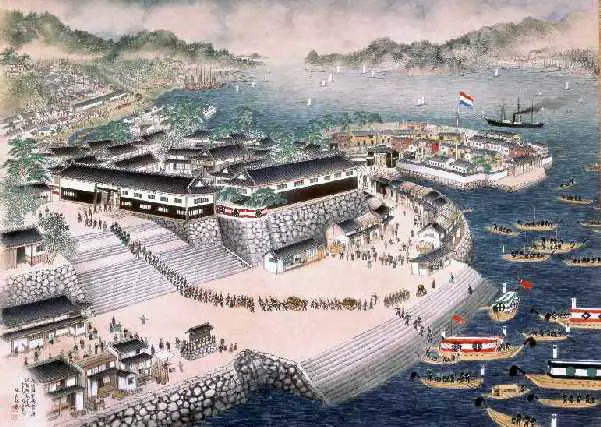
World War II rationing made coffee unavailable in Japan and it didn’t really become re-established until the 1950’s. But the real popularity of coffee in Japan is rooted in the economic boom and the development of international business in the ’60s, ’70s, and ’80s. One can almost imagine the smoky conference rooms full of businessmen drinking coffee and making deals.
Because of this association, Japanese cafes are not seen as the place for heated discussions and social gatherings we see in other countries. They have a quieter much quieter, restrained atmosphere.
Visits to coffee shops tend to be brief which stems from the grab and go mentality – the all business approach seeing coffee as the functional boost to the productive day. Many business people in Japan do eat breakfast in their local coffee shop which usually serves cut price food if you buy coffee.
But, like anywhere, Japan’s coffee culture is becoming internationalized. The sit-and-stay mentality is creeping in and it’s not so out of place now to see people linger over a cup of their favourite beverage with a group of friends or colleagues.
The Roast
Japanese roast is generally darker than the typical American roast. Japanese people prefer rich, mellow, round coffee with a clean uncomplicated taste.
How it’s Prepared
Using drip coffee makers is popular in Japan. In this style of brewing the water is poured into the center of the coffee grounds allowing the grounds to mix naturally without mixing. The idea is to keep the bubbles on the surface of the coffee-water mix. This is done to let the carbon dioxide escape from top of the mix like some of the swirling methods do. Ideally, a cloth filter is used.
The Hario V60 Drip Coffee Filter
You can’t write about Japanese drip coffee without talking about the iconic Hario V60 cone shaped dripper which is highly regarded around the world. Hario was manufacturer of laboratory glassware founded in 1921. In 1964, they expanded our production to household items, starting with the coffee syphon and V60. What is unique about the V60 (named for the optimum 60deg angle) is that it’s optimised to regulate the flow of water and grounds to enhance the flavour of the brew.

The Japanese Siphon Coffee Maker
It’s not accidental that these Siphon Coffee makers look like lab equipment. Hario, the inventor started out manufacturing glassware for labs.
This is a brewing method that involves a process of mixing coffee with boiling water. Hot water is siphoned from one chamber to the other to extract and filter the coffee. In the traditional Japanese siphon coffee methods, the coffee is stirred twice using a specially designed bamboo spatula.
How to make Japanese siphon coffee: A siphon coffee maker has two chambers. The bottom one is filled with water. As the water is heated (with an alcohol burner or open flame), vapor pressure forces the water to rise into the top flask where it mixes with coffee grounds. The heat is then turned off and the as the pressure drops, water drops back into the lower chamber through a filter placed at the bottom of the upper chamber.
The coffee’s aroma and flavour is trapped inside the globe which enhances flavor and produces a clean, crisp and lively tasting coffee that can’t be matched by a drip brewer.
There’s even a Siphon Coffee World Championship.
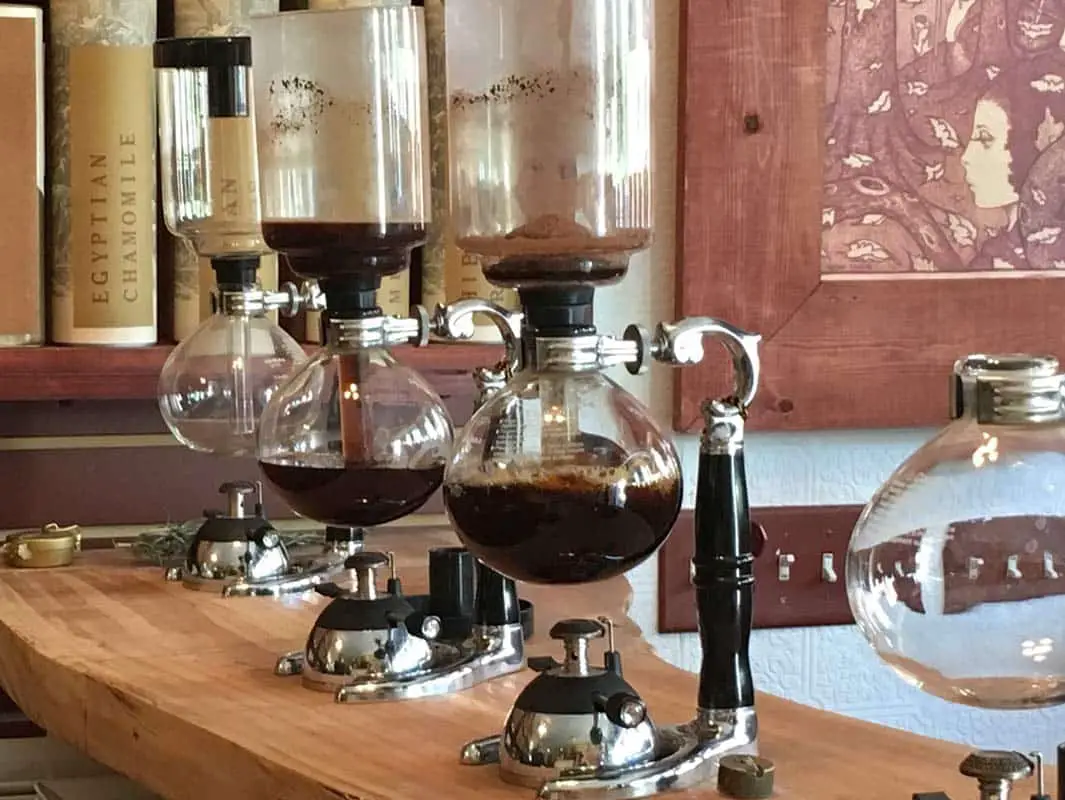
Kyoto Slow-Drip Cold Brew (Japanese Cold Brew Coffee)
This brewing method also referred to as the Japanese Tower, uses low temperature, gravity and a lot of patience to brew cold coffee. Unlike traditional cold brewed coffee, the water is not mixed with the coffee but drips through slowly. This is another example of Japanese coffee ritual being extended to the making as well as the drinking of coffee. These are fragile precariously stacked glass contraptions also seemingly better suited to a chemistry lab. It has a physical transparency not experienced in Western coffee making where the Barista is usually hunkered down anonymously behind a steaming behemoth of an Espresso machine.
Nothing competes with the complex yet delicate transparency of the Kyoto cold drip. As for taste, the slow, cold brew system of the Kyoto retains the true character of the roasted bean avoiding the complex gasses created by introducing heat into the coffee brewing process.
If your’e interested in reading more about Japanese drip coffee makers, you may like to read this article I’ve written about them: The Best Japanese Pour-over Drip Coffee Makers

How is Coffee served in Japan?
I touched on earlier that the Japanese drink coffee on-the-go and that the big coffee chains like Doutor and Starbucks offer the usual chain experience. Japanese culture is steeped in complex cultural traditions that permeate all aspects of life. You don’t have scratch deep even in the big cities to understand the importance of ritual in everyday life. This celebration of ritual also creeps into how coffee is served. Japanese 3D cappuccino art is at a level of its own with cutesy foam creations of cats jumping between cups of coffee and decorative fish swimming in the crema.
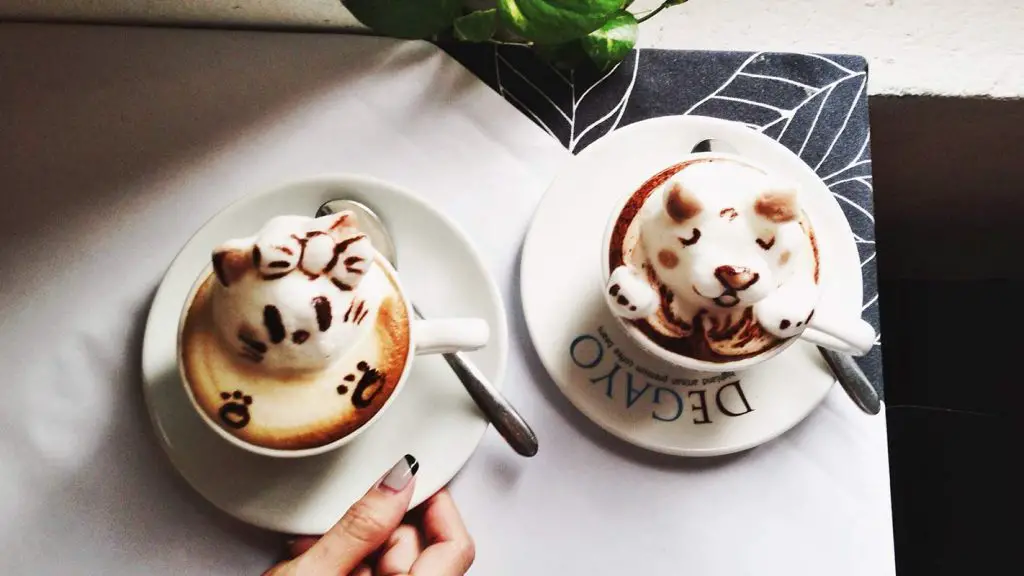
Cuteness aside, there is a careful ritual in the making, serving and drinking of coffee here which seems to be an extension of the traditional tea house. That careful attention to detail and pride in attention to detail is inescapably Japanese. Then again there’s the sweetened canned coffee available everywhere from vending machines which is a uniquely Japanese creation.
How Much Coffee
Japan rank about 13th in the world for coffee consumption just behind the USA and Korea but the consumption is increasing each year. Middle-aged men tend to be the heaviest coffee drinkers.
Where Does it come from
There is only one speciality coffee grown in Japan from Kunigami. Because of the extreme weather including Typhoons, coffee growing on a large scale isn’t really feasible in Japan. Most of the coffee is imported as green or roasted beans.
Japanese coffee in a can, the ultimate coffee-on-the-go drink. Generally available at convenience stores and from vending machines.
The Arabian Coffee Culture
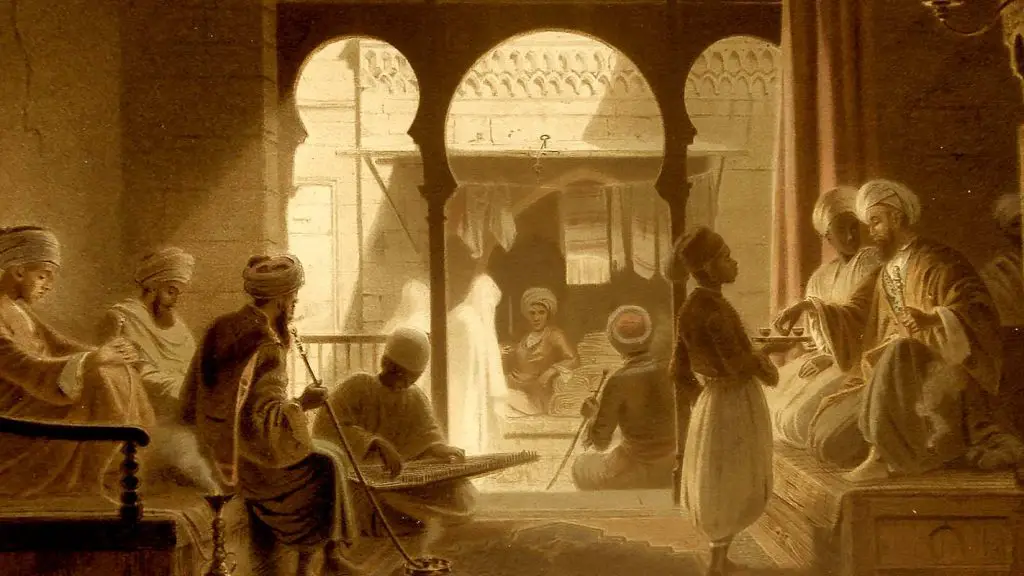
It’s clear from documented history that the custom of drinking coffee brewed from roasted originated on the Arabian Peninsula. The unwritten folklore is that an Ethiopian goat herder left his heard beside a coffee bush with ripe berries. He later found that after eating from the tree, his animals at the end of the day were unusually lively. He is said to have tried eating the berries himself and coffee was discovered.
It’s a cute and imaginative story but one has to wonder how bitter the unroasted coffee berries were. Another story which attempts to explain this is that monks, sitting around a camp fire tried the berries and finding them bitter and inedible threw them into the fire in disgust. They then noticed the beautiful aroma of roasted coffee wafting up from the flame.
The earliest written record of coffee prepared by roasting beans comes from early Arab scholars. They wrote that it was useful in keeping them awake as they worked long hours. The Arab method of brewing coffee moved into Yemen and later spread to the Turks and later on found its way to other regions.
Arab coffee merchants traded only in roasted beans as these could not be grown and helped maintain their monopoly on the coffee trade for a very long time. Eventually green beans were smuggled out and coffee cultivation spread.
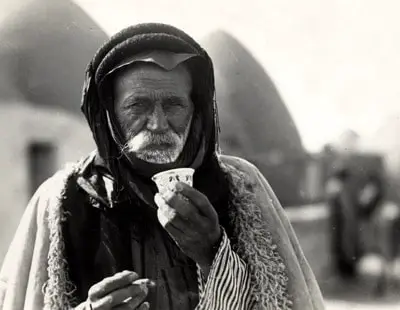
The word “coffee” is first documented in the English language in 1582, derived from the Dutch word koffie, which in turn was borrowed from the Ottoman Turkish kahve, which was derived from the Arabic word for coffee or to brew, qahwa.
Coffee it is thought was first drunk in the 15th century, in Yemen’s Sufi monasteries. It was initially banned because it was a stimulant but by 1524 by an order of the Ottoman Turkish Sultan and with a fatwa issued by the Grand Mufti coffee, consumption resumed.
Coffee however continued to be viewed as an evil. In Cairo in 1534 records show coffeehouses and warehouses were sacked and a ban again enforced.
The Arabic Coffee Rituals
Serving Arabic coffee has for centuries been an important aspect of hospitality in Arab societies. It is considered a ceremonial act of generosity and traditionally, coffee is prepared in front of guests following a strict guidelines.
The coffee-making begins with the selection of beans, which are roasted lightly in a shallow pan over a small coal fire. It’s then placed into a copper mortar and pounded with a copper pestle.
The coffee grounds are then placed into a large copper coffee pot. Water is then added and the pot is brewed on the fire. Once brewed, it is poured from the large pot into a smaller coffee pot and then into small cups. The most important or oldest guests are served first, filling the cup about a quarter full. Common practice is to drink at least one to three cups.
When nomadic sheikhs sat in tents on expensive carpets the task of mixing the spices and coffee beans often was handed to the guest as an honor. A tray was presented on a low table holding the roasting pan and several bowls of spices and herbs such as cardamom and cinnamon and the guest would select and mix the green beans to their preference.The host would then roast the beans over the fire and grind and brew the coffee.
Historically, not everyone could prepare and serve coffee to dignitaries or royalty. The server known as a muqahwi had to pass a test on Arab culture and traditions, be presentable, strong and have a good reputation.
Arabic coffee serving with its strict protocols also has a system of communication too. To inform the guests that the coffee “gahwa” has is to be served, the muqahwi uses hand gestures or in some cases he gently clinks the small cup with the coffee pot, the dallah. Hand gestures are used so conversation is not interrupted. When the muqahwi serves coffee, he bends forward to serve it to the guest. The small cup is held with fingers on the bottom of the cup and the thumb on the top rim.

Styles of Arabic Coffee
The brewing process for most Arab or Turkish coffee is similar, but the style of the pot varies. The Turkish use the ezve or ibrik, the Saudis the dallah, the Ethiopians the jebena. The similarity is that the coffee ground mixed with cold water and heated in an open pot. There are slight regional differences in the theme that is peculiar to each country or sub-region.
Saudi Arabia Coffee Culture
Coffee in Saudi Arabia is steeped in tradition in ritual much like many Arab countries on the Peninsula. There are strict rules in formal social settings of younger serving elders, guests and those with rank first, and always from the right side to the end and never from the left.
Coffee is served from a traditional Arabic coffee pot with the long curved puring spout called the Dallah or al-Malqamah. The coffee cups are small and porcelain called Al-funjan or funjal. They can’t be used if cracked or chipped.
When pouring coffee the server is expected to keep a respectable distance from the guest who is being served by standing back and leaning to serve. The cup should not be more than a quarter full and never too hot to allow the guest to savor the flavors. As in most countries there are also the modern chain coffee houses in Saudi Arabia but they generally lack the allure of the rituals associated with coffee in the traditional setting.
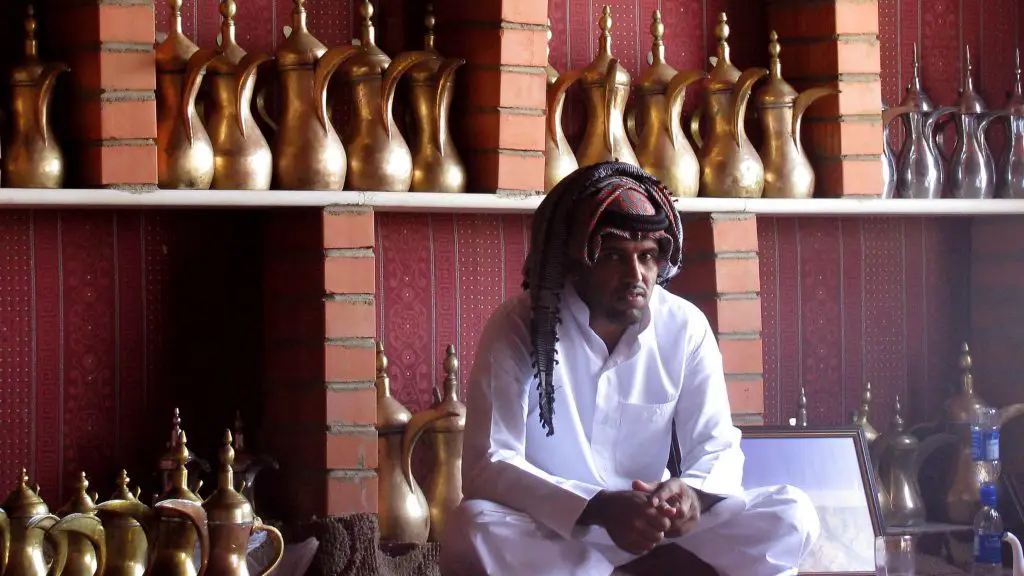
Coffee Culture in Ethiopia
Ethiopia has about 1200 years of coffee production history. Africa’s top producer, with 260,000 metric tonnes in 2006. Jebena buna is the traditional Ethiopian coffee ceremony. Women performing the ceremony often dress in traditional costume. They wash the green coffee beans before roasting them over hot coals in a pan. The roast the beans until almost burned black color which are them coarsely ground in a mortar and pestle.
The coffee and water are mixed together in a clay coffee pot called a jebena, which is placed directly in the hot coals until it boils. In Eritrean version of the jebena, there is no spout but the preparation is the same. The resulting brewed coffee is dark, quite bitter, and usually sweetened with a lot of sugar. Popcorn is almost always served with the coffee. Brewed well, jebena buna coffee is distinctive and delicious. It’s served in small cups without handles.
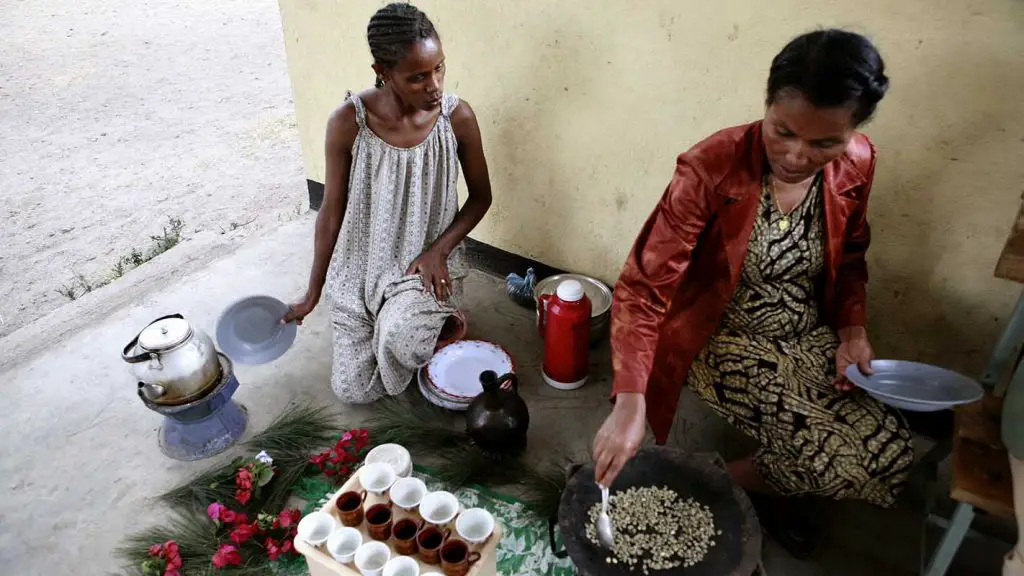
Where to drink in Addis Abbaba
While coffee is mostly served in domestic settings, in bigger cities and towns there are cafes and coffee houses which serve coffee in the traditional way as well as in the Western European way.
Tomoca Cafe
TO.MO.CA. Coffee Pvt. Ltd. Co. a family owned coffee roasting company was established in 1953 in Addis Ababa, Ethiopia. The company’ name is comes from the Italian Torrefazione Moderna Café. The company, in addition to having cafes, is the leading and the first coffee company based in Addis Ababa. Drinking coffee in a Tomoca Café is like drinking a bit of Ethiopian coffee history.
How they drink Coffee in Ethiopia
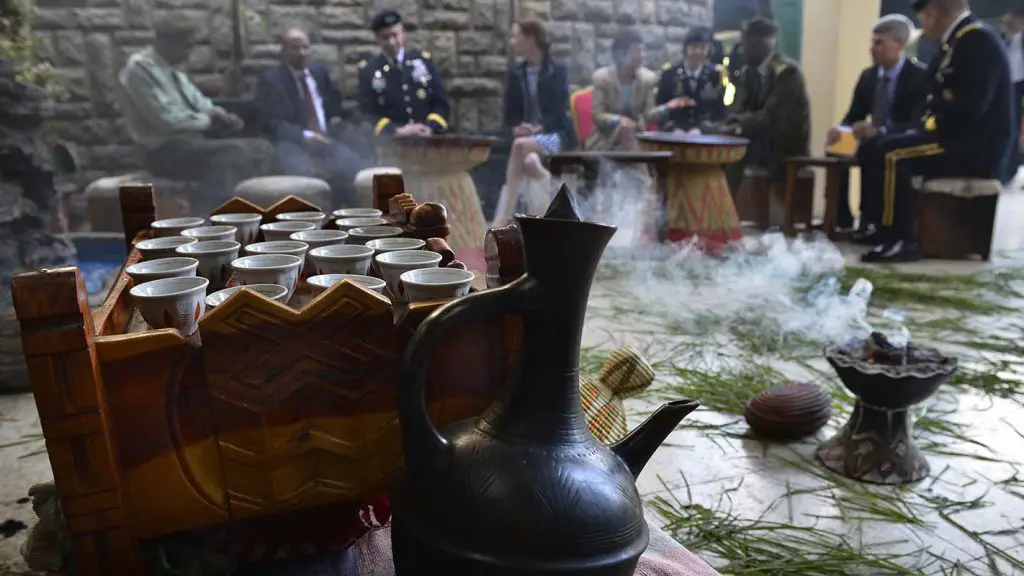
Mostly Ethiopians drink Jebena coffee but some also drink macchiato with heaps of sugar. No surprise that Italian coffee traditions have been adopted including the espresso machine.
There is a long history of Italian influence in Ethiopia. In one of the first African victories over Western colonizers, Ethiopian troops were successful with the help of Russia in ousting colonising Italian forces in 1894 in the Battle of Adwa.
Ethiopia was again occupied by Fascist Italy in 1936 and became a part of the Italian colony Italian East Africa. The intention was to bring 500 000 Italians to colonize the Ethiopian plateaus. This too didn’t bode well for the Italians as they were forced out in 1941 by Allied and Free Ethiopian forces.
But culture is more indelible than mere armies and is sometimes the lingering victory of defeated armies. To this day the Italian influence is evident in Ethiopia. Maybe it has to do with the positive aspects such as the implementation of a modern infrastructure or just the allure and depth of Italian culture in general.
Spris (coffee and tea mix)
No one really knows about the origins of this strange drink which is a 50/50 mix of coffee and tea served in the same cup. It’s poured skilfully so that the coffee floats above the tea. The black coffee separates and floats above the clear tea. Serve lots of sugar it’s a strange but somehow compelling drink.
Turkish Coffee Culture
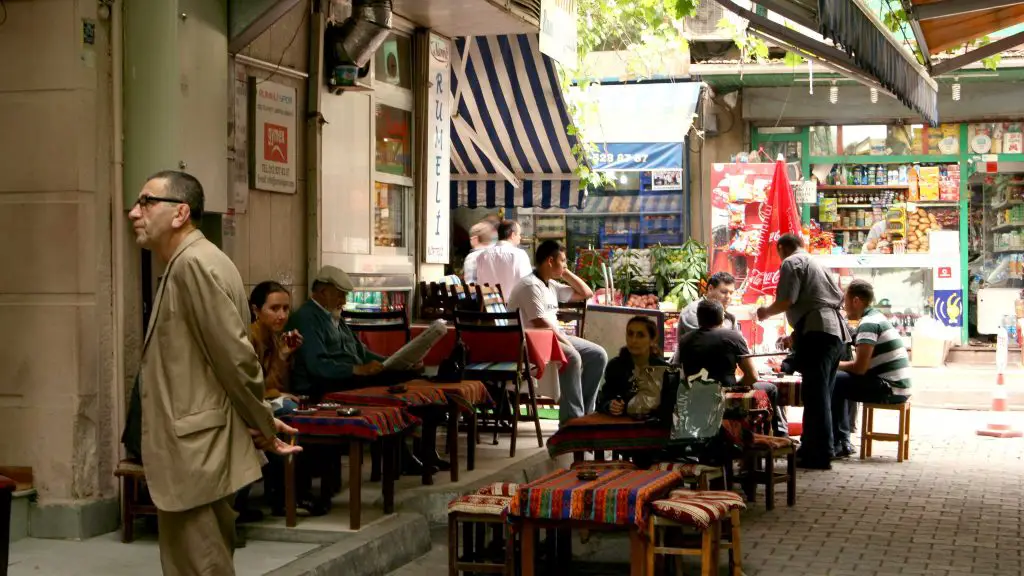
Turkish coffee culture and tradition goes back to the 16th century when coffee started to be served at coffeehouses in Istanbul. Coffee is known in Turkey as the “milk of chess players and thinkers”.
Coffee was first brought to Turkey in 1555 by two Syrian merchants. The localized techniques used in preparing coffee led to the development of specialty utensils for serving and preparing coffee. The Turkish use the cezve (coffee pot) and the fincan (coffee cup), and mortar and pestles. The utensils range from the simple and utilitarian to the ornate.
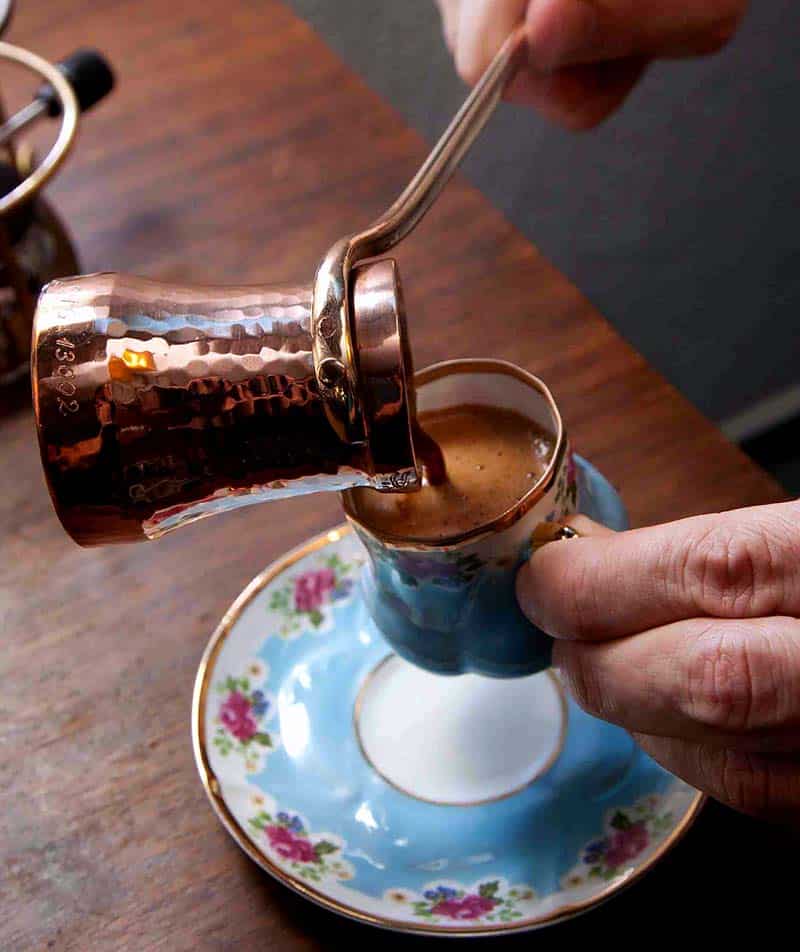
The earliest coffee houses in Istanbul were highly decorated. Coffee houses were then, and still are the places where people drink coffee, converse, share news, read books and socialize. Traditional methods of making Turkish coffee are passed down from one generation to the next and the rituals and socialization associated with it are an integral part of Turkish life.
How its made
Turkish coffee is made by bringing very finely ground coffee beans with water and usually sugar to the boil in the cezve coffee pot. As soon as the mixture comes to the boil about 1/3 is poured into cups. The rest is returned to the fire served as soon starts to boil again. The coffee is traditionally served in small porcelain cups called a kahve finjanı.
Turkish coffee is sweetened while it is brewing brewing. It may be served unsweetened (sade kahve), with a little sugar (orta şekerli), or sweet (tatlı). You need to communicate your preference before it’s made. Coffee is usually served with Turkish delight on the side or with cardamom seeds.
Modern Coffee shops in Istanbul
Like in most cosmopolitan cities, Turkey’s coffee culture is becoming internationalised. Many third wave coffee shops have opened in Turkey in recent years and exist in parallel to the more traditional coffee houses.
Petra Roasting Co.
Petra opened quite recently, in 2013 with the aim of promoting the consumtion of quality coffees in Turkey. They are headquartered in Gayrettepe and the location serves as a café as well as a roastery. It’s a lively place with an eclectic mix of traditional furniture and antiques and gleaming modern coffee equipment.
Kronotrop
This splendid cafe is just a short walk from the well-known Taksim Square situated in the trendy, bohemian area of Cihangir. Artists, writers, and intellectuals all gather in this area, discussing politics, art, and their unique visions of the world. It’s a small café but the cramped tables seems to be in character. Always and easy place to strike up a conversation.
Other great coffee places to check out are Coffee Sapiens, Coffee Manifesto and Ministry of Coffee. They all are beautifully designed, unique interesting café’s bristling with life.

Conclusion
Taking on the task of discussing coffee culture around the world, I have discovered, can be a life’s work. Here, I’ve touched on just a few of the cultures that are interesting to me, and I hope to you too. I’ll revisit this article from time to time as I discover new and interesting ways to roast, brew and serve coffee.
The common thread that runs through all these cultures and their coffee traditions and customs is socialization. All use coffee to bring people together as families, friends or even through political expedience.
One thing is common; that is the simple coffee bean which has captivated and delighted us across the world and I expect for many centuries into the future.


